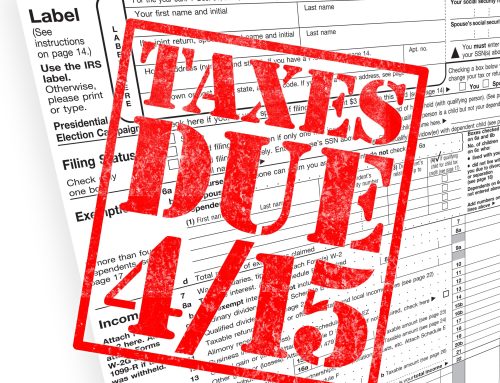Article Highlights:
- Direct Deposit Stimulus Payments
- Reasons You May Not Be Receiving a Stimulus Payment
- Stimulus Payment Phase-Out
- Payment Schedule by Check
- Non-Filers
The IRS has already sent out 80 million stimulus payments to taxpayers that included their direct deposit information on their most recently filed 2019 or 2018 return. So, if you had filed either your 2019 or 2018 return before the direct deposits were issued, you should already have the money in the bank, UNLESS:
- You changed bank accounts since you filed your return, which means you will be receiving your stimulus payment by check later.
- You owe back child support in which case the payment will go to satisfy your back-child support.
- Your payment was reduced or eliminated because of your higher income. The credit is phased out by 5% of the taxpayer’s adjusted gross income (AGI) that exceeds the filing status threshold. The following table illustrates the phaseouts by filing status and AGI.
| RECOVERY REBATE CREDIT AGI PHASEOUTS | ||
| Threshold | Complete Phase Out | |
| Unmarried Taxpayers (as well as Married Filing Separately) | $75,000 | $99,000 |
| Head of Household | $112,500 | $136,500 |
| Married Taxpayer Filing Joint | $150,000 | $198,000 |
Stimulus Payments by Check – If you are receiving payment by check, the checks are being issued to the lowest income individuals first where the need is the greatest followed by others with increasing incomes. Here is the release schedule for the payments by check.
| Scheduled Stimulus Payments Via Check | |
| Adjusted Gross Income | Issue Date |
| Less than $10,000 | April 24 |
| $10,001 to $20,000 | May 1 |
| $20,001 to $30,000 | May 8 |
| $30,001 to $40,000 | May 15 |
| $40,001 to $50,000 | May 22 |
| $50,001 to $60,000 | May 29 |
| $60,001 to $70,000 | June 5 |
| $70,001 to $80,000 | June 12 |
| $80,001 to $90,000 | June 19 |
| $90,001 to $100,000 | June 26 |
| $100,001 to $110,000 | July 3 |
| $110,001 to $120,000 | July 10 |
| $120,001 to $130,000 | July 17 |
| $130,001 to $140,000 | July 24 |
| $140,001 to $150,000 | July 31 |
| $150,001 to $160,000 | August 7 |
| $160,001 to $170,000 | August 14 |
| $170,001 to $180,000 | August 21 |
| $180,001 to $190,000 | August 28 |
| $190,001 to $198,000 | September 11 |
Non-Filers – If you have not filed a tax return you may or may not need to take any action to receive your stimulus payment.
For those that are receiving Social Security, SSI disability, survivors or Railroad Retirement or veterans benefits will automatically receive a stimulus payment for themselves ($1,200). If they have child dependents under the age of 17 they will not receive the $500 stimulus payment for the dependent unless they go the IRS Get My Payment tool and enter the dependent information. April 22 was the cut off date for Social Security and Railroad Retirees to update that information.
Other non-filers will not receive a rebate unless they complete the IRS Non-Filer Tool.
Keep in mind the stimulus payments are actually advance payments for a refundable credit that can be claimed on your 2020 tax return. So, if you, for whatever reason, miss out on the advance payment you will receive the payment on your 2020 tax return or substitute process provided by the IRS for non-filers.
The IRS also provides an extensive Q&A related to rebate issues.







